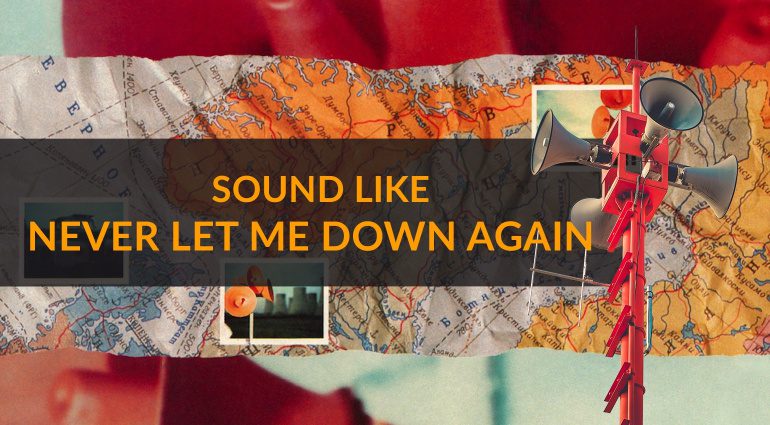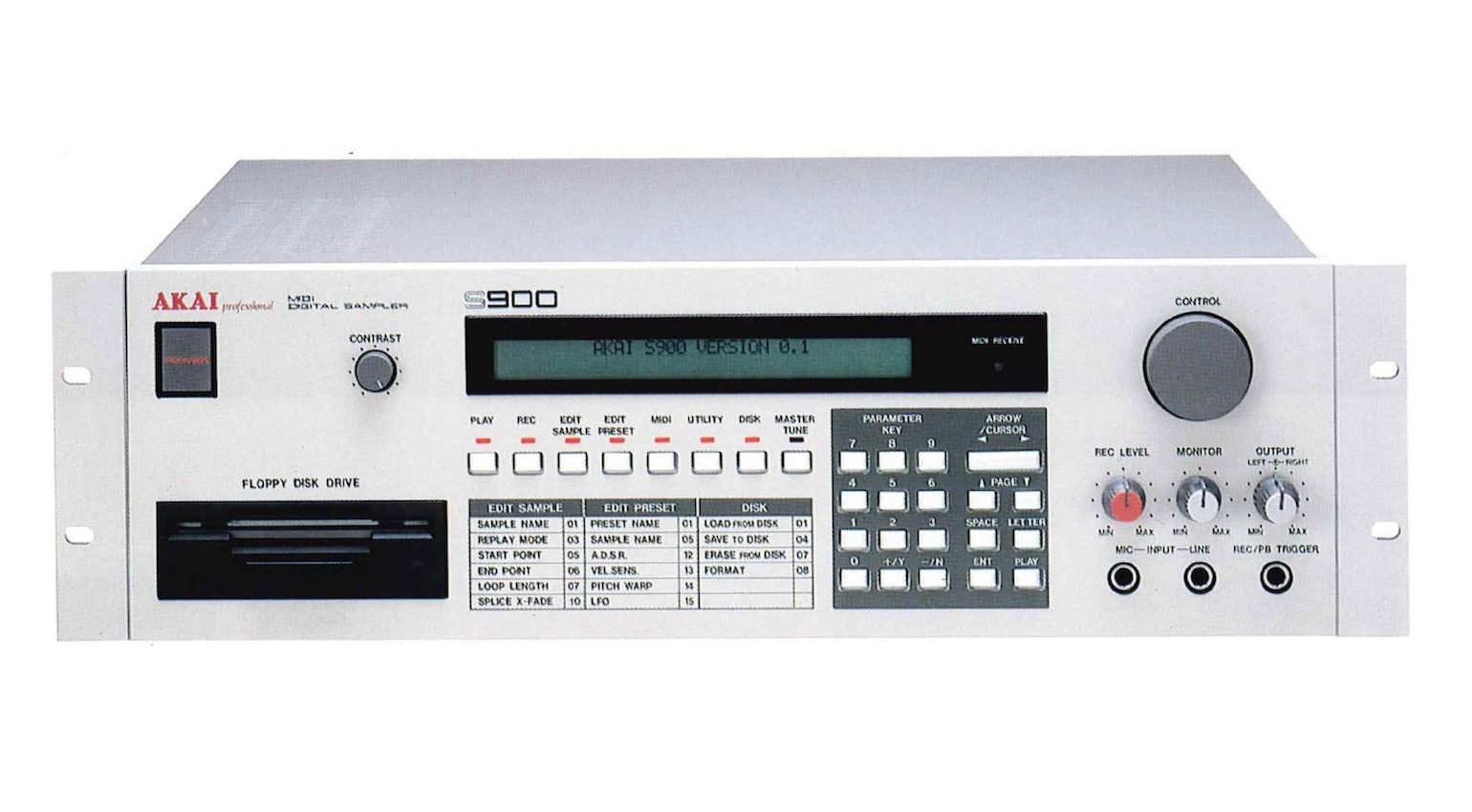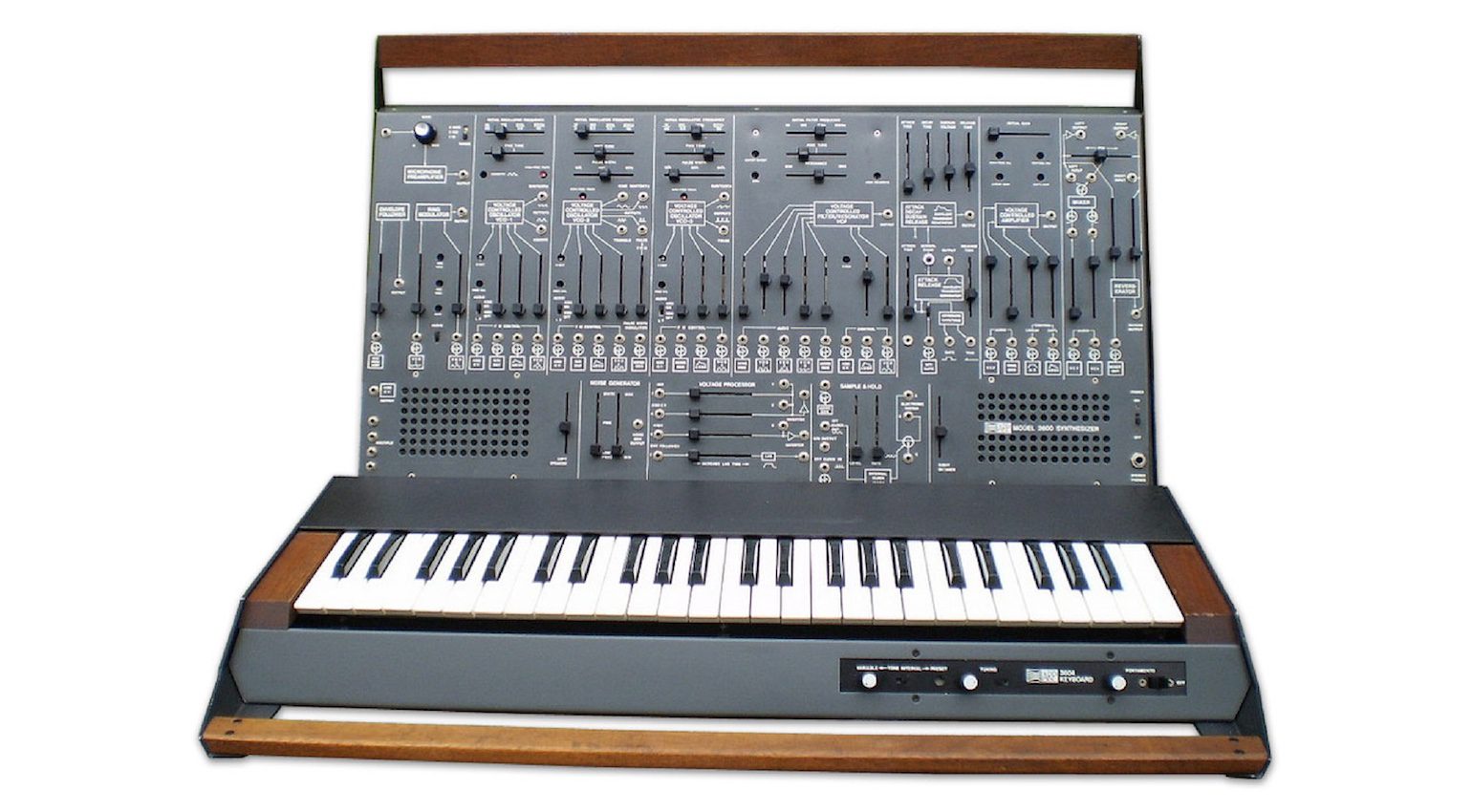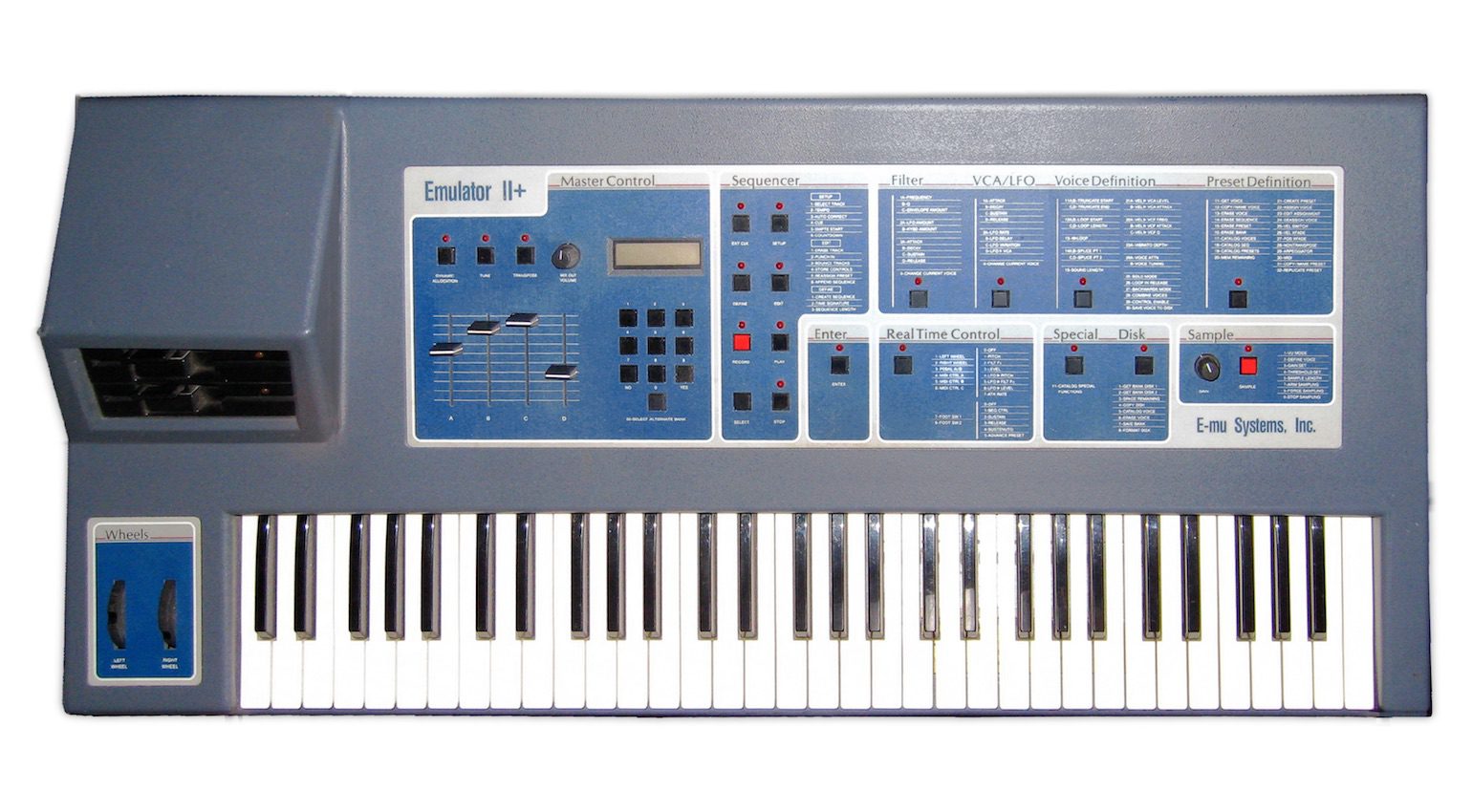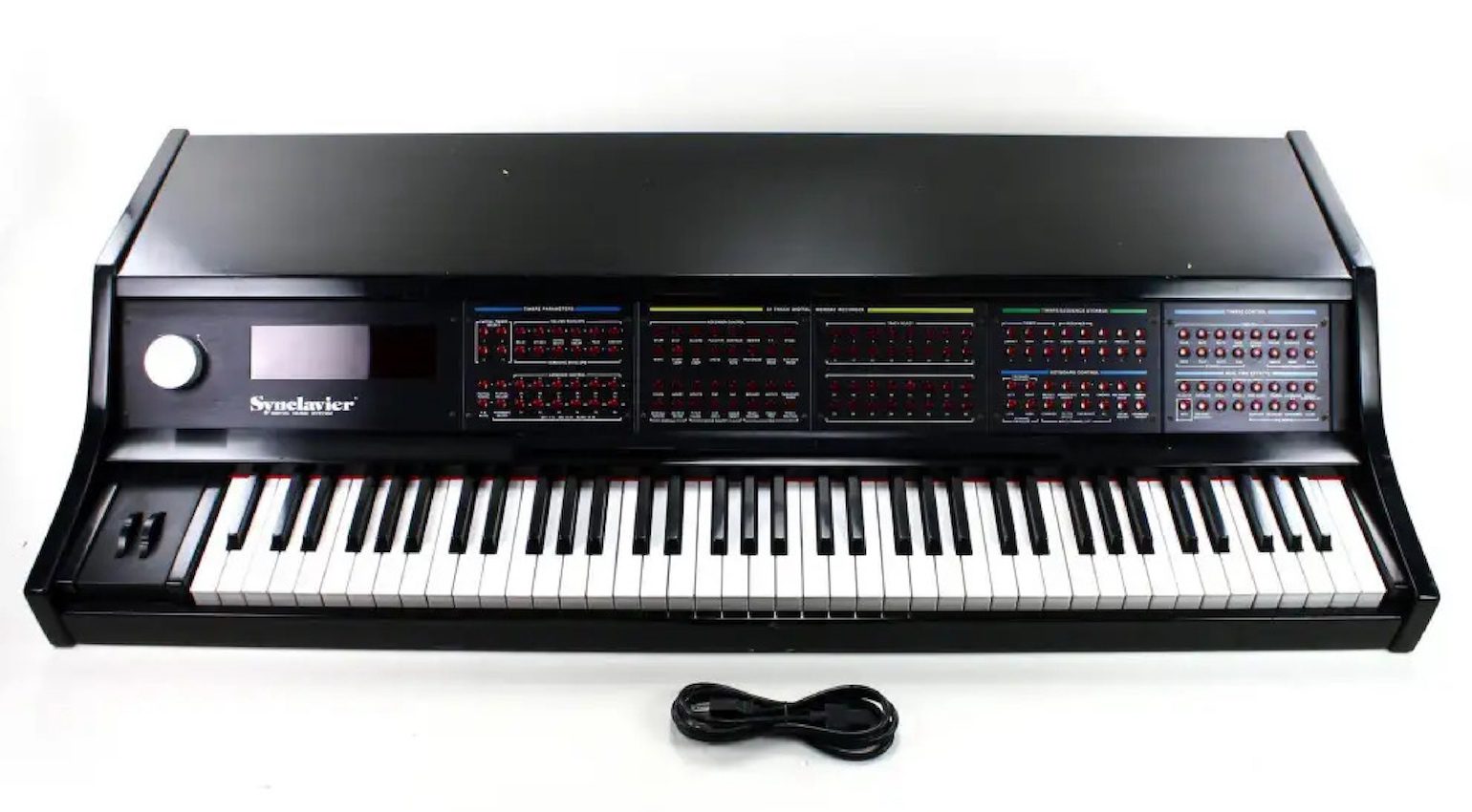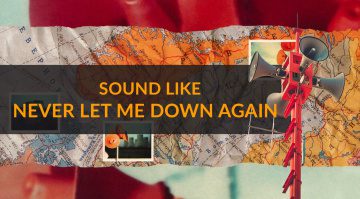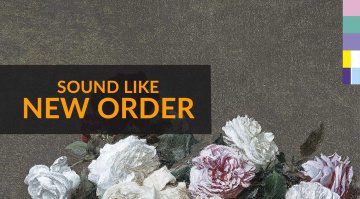How to sound like Depeche Mode’s Never Let Me Down Again
The Depeche Mode fan favourite, Never Let Me Down Again has resurfaced online after being appropriately featured in the post-apocalyptic HBO drama series, The Last Of Us.
While many platforms are already drawing comparisons to when Kate Bush‘s Running Up That Hill (A Deal With God) was used on Stranger Things, it remains to be seen whether this will make a similar level of cultural impact.
Either way, as fans we’re ecstatic when the music we’ve loved for years is being discovered and celebrated by a completely new audience.
The Making of Never Let Me Down Again
Despite Martin Gore‘s characteristically aloof stance when asked about the themes within Depeche Mode‘s lyrics, it’s safe to say this song deals with addiction in a metaphorical way.
Never Let Me Down Again was the second single from the album Music For The Masses (1987). Engineered and co-produced by David Bascombe with assistance from Alan Wilder and Daniel Miller, the album remains one of the band’s most highly regarded works.
Right now though, let’s get into the making of this monumental track and find out how to go about recreating some of the hallmarks of its sound.
The Drum Sound
The classic Depeche Mode can be mostly attributed to their extensive use of E-mu samplers and a UMI sequencer, which was popular at the time. The Synclavier was also used along with AKAI samplers, which offered more precise sample triggering.
The snare sound was sampled from Led Zeppelin‘s When The Levee Breaks, a song commonly referred to for having the “ideal drum sound” by the global sound engineering community.
In addition, the toms were created from a combination of Alan Wilder’s samples from Stripped and David Bascombe’s personal library he’d built while working on albums like Songs From The Big Chair by Tears For Fears.
If you have a modern sampler like the Elektron Model:Samples, you can process its sound with compression and bit reduction to give it a more Depeche feel.
Another key factor is that old-school samplers sit right at the front of the mix, so keep this in mind when placing the instruments within your production.

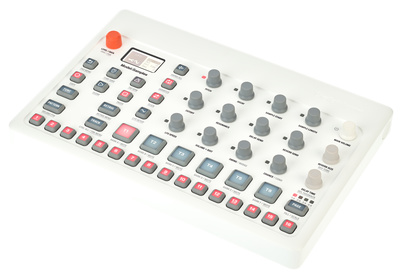
The Guitar Riff
Martin Gore‘s famous guitar riff was processed through the filter of an ARP 2600. Although it was originally a synth part, they decided have Martin to play it on guitar, and David Bascombe set about resampling it to the Synclavier for its sound quality.
Because the guitar part pops up in several sections throughout the song, David would have to trigger the Synclavier manually to track the sound to tape. It was this process that led to a happy mistake where the Synclavier started automatically on the intro.
Believe it or not, the riff wasn’t originally part of the intro, but the resounding unanimous response from all involved meant the riff would become a melodic centerpiece of the track – especially memorable in live performances.
While it isn’t necessary to go to these lengths to create a simple guitar sound, it’s important to allow yourself the creative freedom and experiment with sounds in different ways. The OBNE Float is a great creative tool that can certainly produce unexpected results.

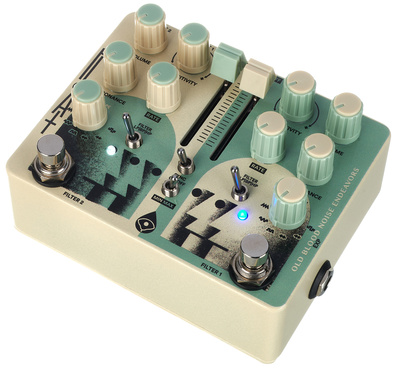
The Main Theme
The most prominent and memorable melodic riff is a woodwind patch Alan Wilder used from the E-mu Emulator II sampler. What made these 8-bit 27.7 kHz digital sounds so unique was the analogue filter board which added plenty of warmth.
Whether it was being used for dry, plucked melodic sounds or lush pads, you can hear the Emulator II on many recordings of this era.
The idea of using floppy drives might seem completely archaic by today’s standards, but the sound and creativity this instrument provided speaks for itself.
You can find great recreations of the Emulator II and many other vintage classics within the Arturia V Collection library.

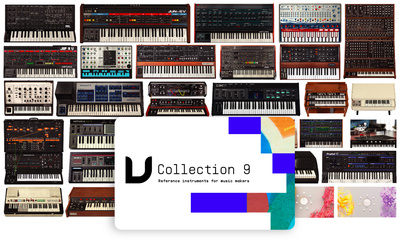
Reverb
The use of reverb was an essential part of music production throughout the 1980s, and Bascombe’s approach helped achieve the cinematic sound of Never Let Me Down Again and many other tracks on Music For The Masses.
During the making of the album, Bascombe had just got his hands on the new Korg DRV-3000 remote-controlled digital reverb. This he immediately put to use, creating unique effects by remotely flipping through the presets in time with the music.
The DRV-3000 had a range of 16 effects including reverb, echo, chorus, and flanger, as well as panning and pitch shift effects.
Luckily, you can get high-quality processors like the Empress Effects Reverb today that offer a similar range of creative effects without the hefty price tag of professional reverb racks,

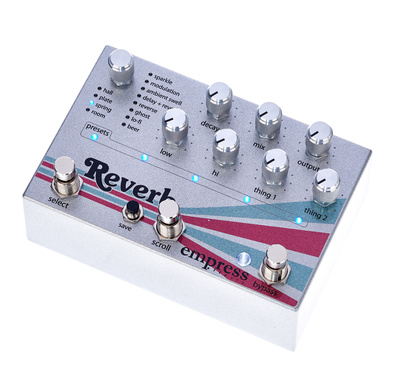
The Orchestral Samples
The dramatic orchestral outro contains samples from Carl Orff‘s Carmina Burana (1936) which add to the over-the-top emotional fanfare of the song. At the time, sampling records was certainly not the breezy process that it is today.
Wilder and Bascombe spent hours meticulously aligning the time and pitch of the samples. Many samplers like the Emulator II and the Synclavier have integrated sequencers that needed to be synchronized with the tape machine or the UMI sequencer in parts.
This type of sampling could very easily be achieved in most modern DAW systems. However, if you wanted to use a standalone hardware sampler, there are a few things to consider.
Using a sampler with an advanced sequencer and time and pitch grid features like the Elektron Octatrack will make the process far more precise, and it also has stereo sampling which is perfect for this application.

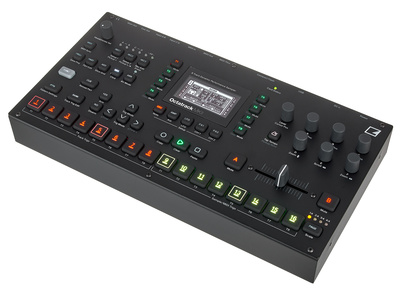
Also worth mentioning:
- The Brüel & Kjær 4006 Microphone used for Martin Gore’s vocals.
What are your favourite pieces of gear or instruments used by Depeche Mode? Please let us know in the comments below!
All about Depeche Mode:
- The official band page
- More about Depeche Mode
- More sound-alikes
- Upgrade your Emulator II
Videos:
You are currently viewing a placeholder content from YouTube. To access the actual content, click the button below. Please note that doing so will share data with third-party providers.
You are currently viewing a placeholder content from YouTube. To access the actual content, click the button below. Please note that doing so will share data with third-party providers.
*Note: This article contains promotional links that help us fund our site. Don’t worry: the price for you always stays the same! We will receive a small commission if you buy something through these links. We appreciate your support!

 4,2 / 5,0 |
4,2 / 5,0 | 